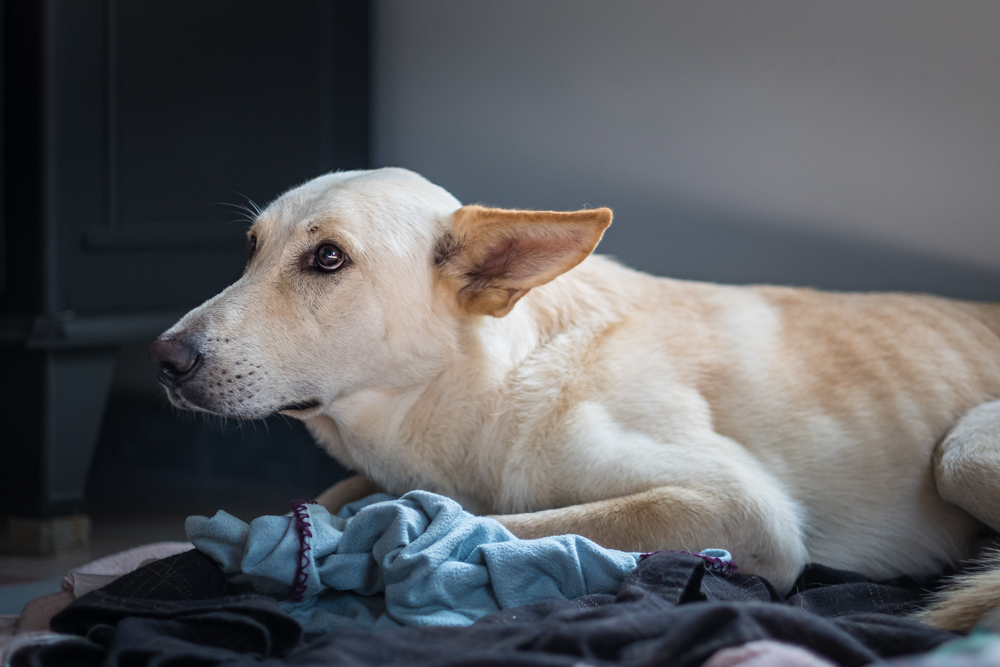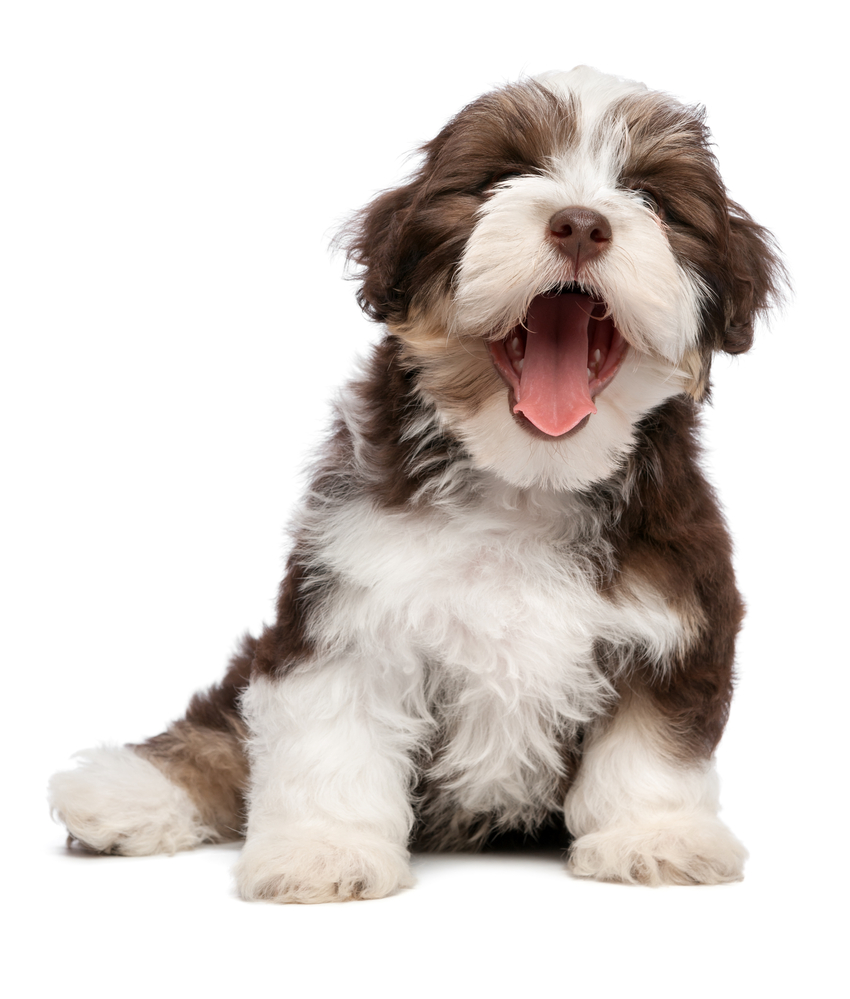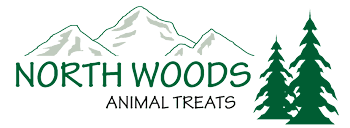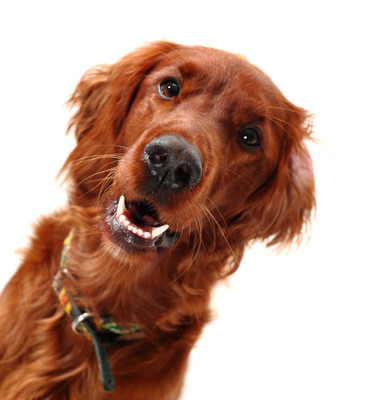Reading Your Dog’s Body Language
North Woods Animal Treats on May 7th 2024
Dogs are so adaptable; most allow us to interact with them whether we can read them or not. But since we all want to do the best we can for our furry family members, being able to read their body language, which is how they do most of their communicating, will allow us to interact with a higher level of positivity and confidence. Although it may seem, especially if your dog likes to bark, that their voice is how they mostly communicate, that isn’t true, they communicate first and foremost through body language. If we are going to improve our communication with our pets, we need to look at the whole dog and his body position.
Let’s examine some body language examples that may surprise you, or potentially mean more than you realize.
Tail wagging, this must mean the dog is happy, right? Not necessarily. A complete side sweeping tail wag with the tail parallel to the back, the kind of wag that involves the whole dog, does mean the dog is happy. As does the "helicopter" wag where the tail just goes crazy. But the faster the wag and the higher the tail is held while wagging can indicate more than a happy and relaxed dog. It indicates more advanced arousal and a more assertive attitude. And if the tail is held low, or all the way down between the legs, the dog is telling you he is fearful and stressed. Of course, the height the tail is held depends on the breed of the dog as some dogs have a naturally higher tail carriage, so his tail held low may not seem so low, which is why you need to know your own dog and when peaceful, where his tail is held.

Raised hackles mean the dog is in an aggressive mode, right? Not so, according to the AKC, “When a dog’s hackles are raised, it means the hair along their back is standing up. Technically called piloerection, the fur can fluff up across the shoulders or down the back and all the way to the tail. This is a definite sign that the dog is aroused, but not necessarily in a negative way. The dog might be upset or stressed but could also be excited or intensely interested in something. It’s often an involuntary reaction, like goosebumps in people.”
Another body language sign that is interesting and not well known, is the paw raise. In a pointing breed, like a short haired pointer, this is part of the pointing behavior indicating prey is close by. But a raised paw not in that context can mean the dog is uncertain about the situation or feels insecure.

Does your dog yawn at you? He is not tired. According to Turid Rugaas, author of "On Talking Terms With Dogs: Calming Signals", "Dogs use yawning to calm themselves in tense situations and to calm others, including their owners. She suggests yawning at your dog to provide comfort at stressful moments like a vet visit. But don’t be surprised if your dog yawns back. Just as yawning is contagious in people, dogs can "catch" yawns too."
Eye contact is an interesting part of the dog’s body language. According to the American Kennel Club, "Eye contact is an important signal for dogs. Just as the hard stare can be a precursor to aggression, looking away is meant to calm a situation. When dogs feel stressed, they will pointedly look away and avoid eye contact. People often interpret this as their dog ignoring them or being stubborn, but the dog is expressing discomfort."
All of these examples of our dog’s body language, with many more to consider, are hard to observe if you aren’t 100% present when you are interacting with your dog. If you are walking him, be with him both physically and mentally, (not on the phone or listening to music or a podcast). When you are feeding him, pay attention to his body language. As we learn to interpret his body language better, our connection with our dogs will become stronger and easier for us to communicate with each other!

